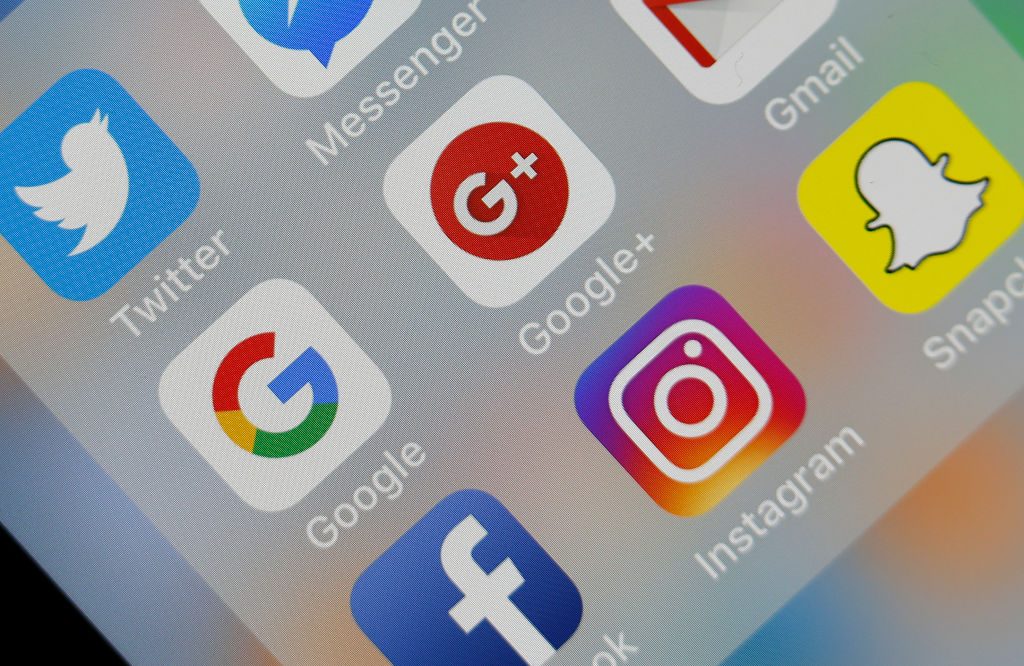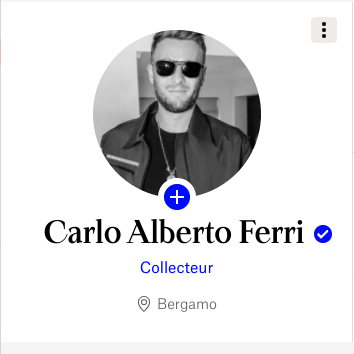Crime
Four Italian Collectors on Instagram Have Been Unmasked as Catfish Accounts. Was It a Scheme to Pump Emerging Artists?
Lawyers are now investigating whether any crimes were committed by the fake accounts.

Lawyers are now investigating whether any crimes were committed by the fake accounts.

Kate Brown

“It all starts at a fair, or by word of mouth from collector friends, or wandering around Instagram,” the collector Carlo Alberto Ferri recently told an Italian art blog. “Then, I get in touch with the gallery before I buy.”
It sounds like a typical response. What’s unusual is that Ferri is not actually a collector, or even a real person. And there are others like him, prowling the internet purporting to be Italian collectors, according to a report published in the newspaper Il Sole 24 Ore yesterday. A lawyer confirmed to Artnet News that he is currently investigating whether or not any crimes such as identity theft or fraud have been committed under the name of Ferri or three other high-flying collectors whose Instagram accounts turned out to be fake, and have since been deleted.
Purportedly from Bergamo, Ferri had an enviable art collection—filled with works by artists including Rudolf Stingel, Frank Stella, and Christopher Wool. He studied at Franklin University in Lugano, Switzerland, and spent his time between Europe and New York, where he one day hoped to open his own private museum.
In a photo viewable on a Collecteurs account, Ferri, who appears to be under 40, is pictured wearing sunglasses, a conspicuous Prada sports coat, and a few religious charms on a chain. Active on Instagram, there he appeared to be “friends” with three other fictitious collectors: the Verona winegrower Raffaele Sartori, fashion powerhouse Beatrice Rinaldi, and Brescia businessman Pier Paolo Lonati. The four routinely replied, commented on, and liked each other’s social media posts.

The fake collector profile.
The curtain fell on the fake accounts when Milan dealer Federico Vavassori learned that Lonati had posted a painting on Instagram by one of his gallery’s artists. Vavassori showed the artist, who confirmed that the work wasn’t theirs. “It turned out to be an intentional manipulation of an existing painting made almost unrecognizable,” Vavassori told Artnet News.
The dealer messaged Lonati’s Instagram account asking about the painting’s provenance and received suspicious replies. Upon closer inspection of the profile, “a bewildering network of fictitious accounts emerged,” he said. Vavassori went on to contact other “collectors” in Lonati’s network and found “numerous inconsistencies” in their replies.
In Vavassori’s conversation with Ferri, screenshots of which were posted in the Italian press, the “collector’ confessed that the accounts were made “by a group of young people with the aim of making cultural entertainment and nothing more.” The user behind Ferri also apologized for any possible harm done before deleting the account.
Milan lawyer Francesco Francica, who is looking into the case on behalf of a group of alleged victims that have not yet been identified, doubts that the accounts represent mere fun or a creative project. “Those false collectors tried to influence the existing collectors by naming young (pretty unknown) artists,” he said. It could have been an attempt to sell real emerging artists by falsely claiming they belonged to important collections that, it turns out, did not actually exist.
“I am not aware if any art pieces have been sold with this strategy, but at the moment I cannot rule out that it happened,” said Francica. He and his legal team are now trying to determine whether works posted on the accounts had real owners or whether they were digital fakes.
Whether Ferri represents harmless or malignant internet trolling, the phenomenon is not entirely unusual in the art world. There are numerous parody accounts operating under the names of famous curators and galleries, and most are harmless. On the other hand, convicted fraudster Anna Delvey used Instagram to reinvent herself as an heiress, gaining the confidence of her art-world friends before defrauding them. It is for now unclear whether there was any illegal actions taken by these four accounts posing as Italian collectors.
“The growing and undeniable popularity of social media, which have become real marketplaces, like fairs,” Vavassori said, “deserves a serious reflection on the central role of galleries as guarantors of the credibility of the entire system.”